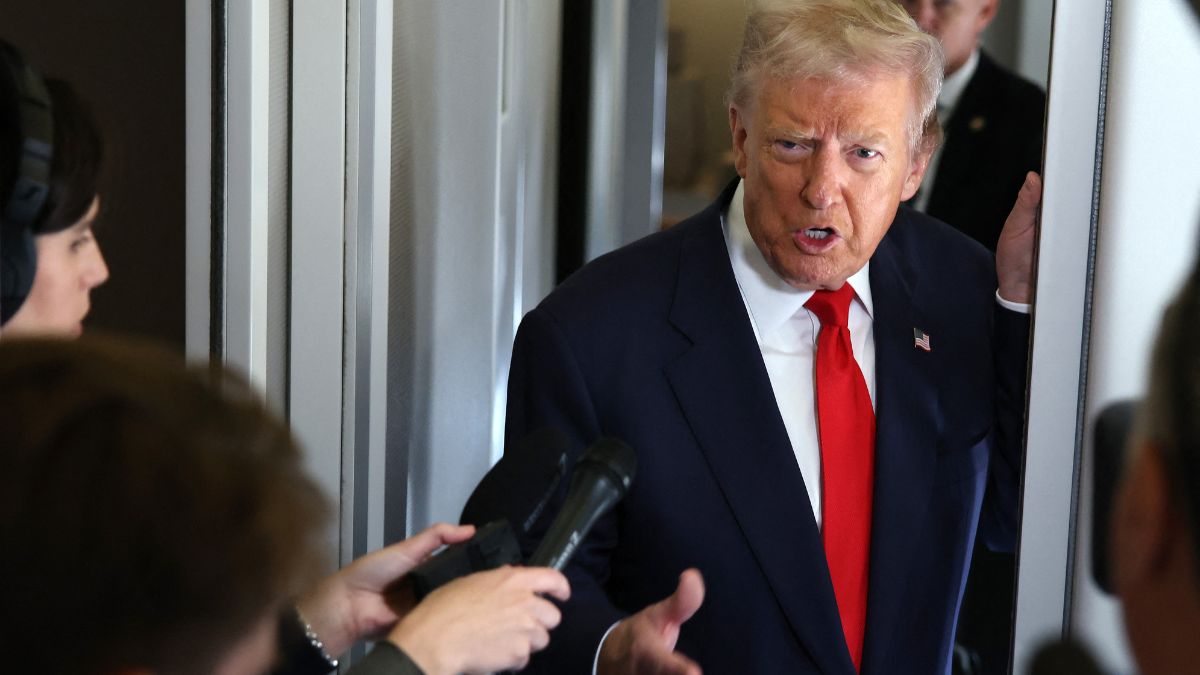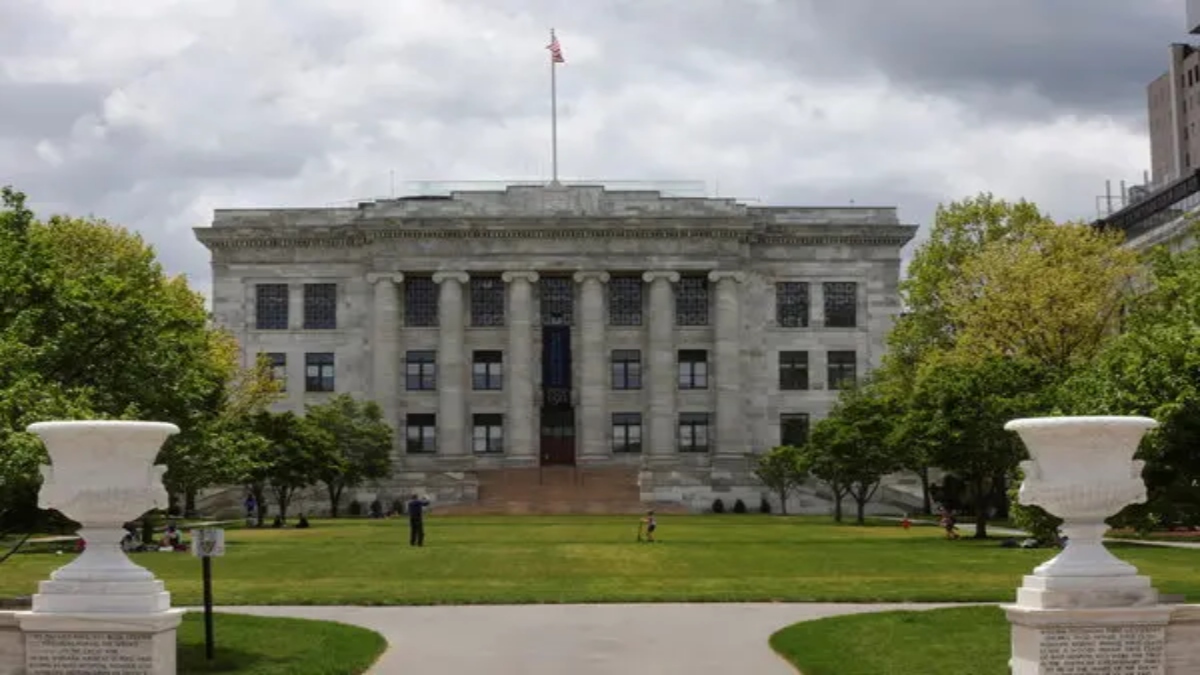On November 2, 1964, a bloodless coup in Saudi Arabia led to the removal of King Saud bin Abdulaziz Al Saud. This marked a turning point in the kingdom’s modern history.
If you are a history geek who loves to learn about important events from the past, Firstpost Explainers’ ongoing series, History Today will be your one-stop destination to explore key events.
On this day in 1936, the British Broadcasting Corporation (BBC) made history by launching the world’s first regular high-definition television service, broadcasting from Alexandra Palace in London.
Here is all that took place on this day across the world.
Coup in Saudi Arabia which deposed King Saud
A bloodless coup in Saudi Arabia led to the removal of King Saud bin Abdulaziz Al Saud. The coup was not a military uprising but a carefully orchestrated transfer of power within the royal family, reflecting deep political and economic tensions that had been building for years.
King Saud, who had ruled since 1953 following the death of his father, King Abdulaziz, struggled to maintain stability in the oil-rich kingdom. His extravagant spending and poor financial management led to a growing national debt and discontent among influential royal family members. As Saudi Arabia’s economic troubles deepened, rivalries within the royal court intensified, particularly between Saud and his half-brother, Crown Prince Faisal bin Abdulaziz.
By the early 1960s, Faisal had already taken over many state functions, including foreign affairs and internal administration. In 1964, amid mounting pressure from senior princes, religious leaders, and the armed forces, the Saudi ulema (religious council) issued a decree endorsing Saud’s removal. On November 2, King Saud formally abdicated the throne, and Faisal became the new King of Saudi Arabia.
King Faisal’s ascension brought a period of modernisation and reform. He reorganised government structures, strengthened education, and asserted Saudi Arabia’s role in global politics, particularly in oil and the Islamic world.
BBC began the world’s first regular high-definition television service
The British Broadcasting Corporation (BBC) launched the world’s first regular high-definition television service on November 2, 1936. The broadcasting took place from Alexandra Palace in London.
At the time, “high-definition” referred to broadcasts with at least 240 lines of resolution, which was a significant leap from earlier and blurry experimental systems. The BBC’s new service alternated weekly between two rival technologies: John Logie Baird’s 240-line mechanical system and Marconi-EMI’s 405-line electronic system. In early 1937, the BBC settled on the superior 405-line Marconi-EMI system, setting a new global standard.
The first official broadcast began at 3 pm on this historic day with a speech by Postmaster General Major GC Tryon, followed by a variety show featuring singer Adele Dixon performing “Television Comes to London.” The programming schedule included news, plays, music, and variety acts.
Initially, only around 400 households in the London area owned TV sets capable of receiving the new broadcasts. Yet, the BBC’s innovation captured global attention, sparking interest from broadcasters and engineers around the world.
The service was briefly suspended during World War II in 1939 to prevent its signals from aiding enemy aircraft navigation but resumed in 1946, leading to rapid postwar growth of television across Britain.
This Day, That Year
The first resident crew arrived at the International Space Station on this day in 2000.
The Netherlands and the Republic of Indonesia signed the Hague Agreement in 1949.
North Dakota was admitted to the union as the 39th US state and South Dakota as the 40th in 1889.
With inputs from agencies


)

)
)
)
)
)
)
)
)



